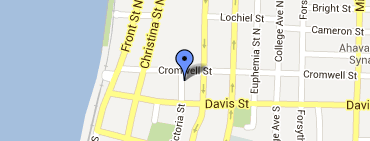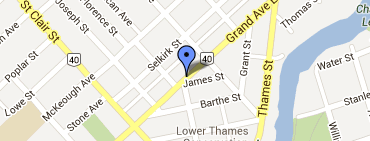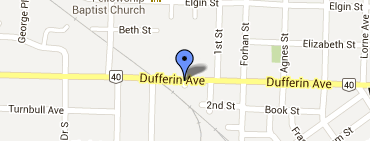Healthcare Professionals
Methadone overdose
Diagnosis
It is important to note that methadone will not show up on opiate urine drug screens. Your test must look for eddp (a metabolic byproduct) or methadone. Be suspicious of methadone or fentanyl (also tests negative with opiate screen) if you see the classic symptoms of opiate overdose but a negative opiate test:
- decreased level of consciousness;
- pin point pupils;
- decreased respiratory rate and effort; and
- decreased bowel sounds.
In this clinical picture treat empirically even if the patient tests negative for opiates.
Be aware that accidental ingestions or experimentation with methadone by opiate naive individuals can result in massive overdoses because methadone is usually prescribed in much larger equivalent doses than other opiates (secondary to the very high tolerance addicts have developed). Subsequently the doses required of the narcotic antagonist naloxone may be higher than you are used to using.
Methadone has a very long half-life. Therefore, all methadone overdoses should be put on a naloxone drip. They should also be observed in the hospital for 12 hours after the drip is discontinued (usually the next day).
The following treatment protocols have been recommended by the physicians at BMC
For the comatose patient with respiratory depression:
Naloxone 2mg iv. If no or an inadequate response then try 4mg iv every 2 minutes. Titrate to effect – you will want the patient breathing (not a normal SaO2 as this does not reflect ventilation) and managing their airway. Try not to overdo it and precipitate withdrawal – this makes for a very unruly patient. Resting comfortably but responding and breathing well is the desired endpoint. If the patient has not responded after 20 mg of naloxone you are not dealing with an opiate OD.
For the breathing patient with an altered level of consciousness that will rouse with stimulation:
With this scenario you can afford to be less aggressive with the naloxone in terms of the amount used per bolus – try 0.2 – 0.4mg per bolus. Again, titrate to breathing well and responding but still sedated. This is much is better than the patient being wide awake in frank withdrawal.
Naloxone drip
In both cases the patient must also have a naloxone drip after the initial resuscitation with bolused naloxone. Remember naloxone has a peak effect in 5 – 15 minutes but only lasts 1 hour.
Calculate the initial naloxone drip at 2/3 the total of all boluses used during resuscitation. Start with this amount per hour. Twenty minutes after you start the drip re-bolus with 1/2 the total boluses used during resuscitation. Monitor clinical effect and adjust the drip as needed – decrease the rate if the patient is starting to withdraw, increase the rate if they are becoming more obtunded or have decreased respiratory drive.
The drip may be prepared by adding 4 mg of naloxone to 250 ml of iv fluid. Each 25 ml then gives 0.4 mg of naloxone.
Because opiates slow bowel peristalsis charcoal may be appropriate even hours after the ingestion – especially if there is a suspicion the methadone was in pill form or this is a mixed ingestion.
Remember to let the methadone prescribing physician know about the OD. If it is one of our patients just call the Sarnia clinic @ 519-337-5000. The hours are found below.




